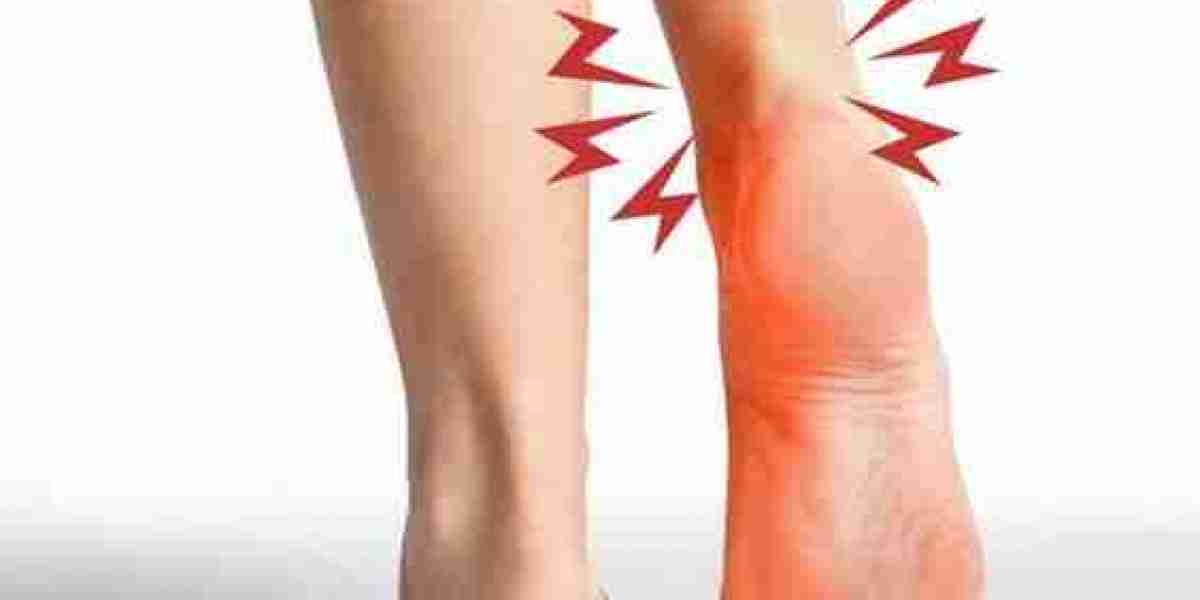3D printing has revolutionized the manufacturing industry, allowing for the creation of complex and customized objects with ease. One of the most promising technologies in this field is multijet printing, which offers numerous advancements and challenges in implementing it effectively.
Advancements in Multijet Technologies
Advancements in multijet technologies have significantly improved the capabilities of 3D printing. One major advancement is the ability to print multiple materials simultaneously, enabling the creation of objects with varying properties. For example, it is now possible to print objects with both rigid and flexible components, opening up new possibilities in industries such as healthcare and automotive.
Another advancement is the increased speed of multijet printing. Traditional 3D printing methods can be time-consuming, especially when printing complex objects. Multijet technologies have reduced the printing time significantly, allowing for faster production and increased efficiency.
Challenges in Implementing Multijet Technologies
While multijet technologies offer numerous advantages, there are also challenges that need to be addressed for successful implementation. One challenge is the complexity of the printing process. Multijet printers require precise calibration and maintenance to ensure accurate and consistent printing. This can be a time-consuming and technically demanding task, requiring skilled operators.
Another challenge is the cost associated with multijet printing. The technology itself can be expensive, and the materials used in multijet printing can also be costly. Additionally, the post-processing steps required for multijet printed objects, such as cleaning and curing, can add to the overall cost and time required for production.
Applications of Multijet Technologies
Multijet technologies have found applications in various industries. In the healthcare sector, multijet printing is used to create customized medical devices and implants. The ability to print objects with different materials and properties allows for the creation of patient-specific solutions, improving treatment outcomes.
In the aerospace industry, multijet printing is used to create lightweight and complex components for aircraft. The ability to print objects with varying densities and structures allows for the production of parts that are both strong and lightweight, contributing to fuel efficiency and overall performance.
The Future of Multijet Technologies
The advancements in multijet technologies are expected to continue, further expanding the capabilities of 3D printing. Researchers are exploring new materials and techniques to enhance the properties of printed objects. For example, the development of conductive and biocompatible materials for multijet printing opens up possibilities in electronics and medical applications.
Additionally, advancements in software and automation are making multijet printing more accessible and user-friendly. This will enable a wider range of industries to adopt this technology and benefit from its advantages.
In conclusion, multijet technologies offer significant advancements in 3D printing, allowing for the creation of complex and customized objects with multiple materials. However, challenges such as complexity and cost need to be addressed for successful implementation. With ongoing research and development, the future of multijet technologies looks promising, with potential applications in various industries.







